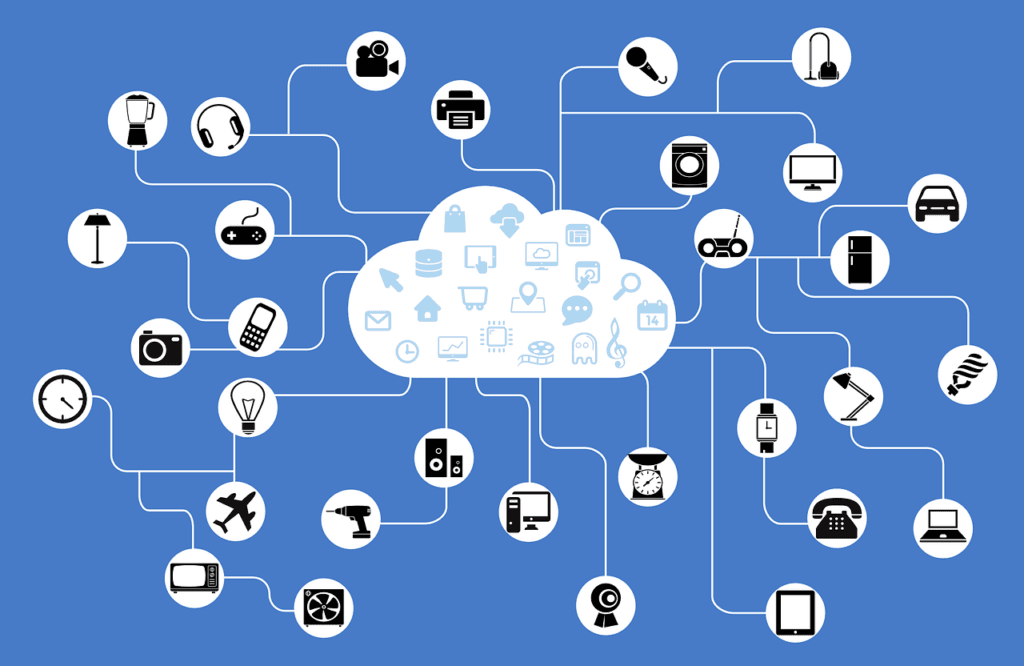The IoT market is growing rapidly and will only get bigger by 2030. According to IoT Analytics, the number of connected devices will reach nearly 30 billion by that time. Statista estimates that global spending on IoT will exceed $2 trillion by 2030. This growth is driven by advances in technologies like LPWAN, LoRaWAN, and Cellular IoT.
Global IoT Growth Through 2030
Experts predict that the global IoT market will grow at an annual rate of 19-22% between now and 2030 (IDC, Gartner). This increase is fueled by adoption in key sectors such as manufacturing, healthcare, and automotive. In total, global IoT spending is expected to reach over $2 trillion.
Key IoT Technologies to Watch
LPWAN
Low Power Wide Area Networks (LPWAN), including NB-IoT and Sigfox, are crucial to the IoT ecosystem. They provide low-cost, energy-efficient connections for large-scale IoT projects. According to IoT Analytics, LPWAN will account for over 40% of all IoT connections by 2030. This makes it ideal for use cases like smart meters and asset tracking.
LoRaWAN
LoRaWAN is a popular LPWAN technology that continues to gain traction. According to GSMA Intelligence, LoRaWAN is becoming the go-to option for long-range, low-power applications. These include smart cities, environmental monitoring, and industrial automation.
Cellular IoT
Cellular IoT, including 4G, 5G, and NB-IoT, is expected to play a significant role in IoT growth. According to IDC, Cellular IoT will make up around 30% of all IoT connections by 2030. It is ideal for applications that require reliable, high-speed communication, such as autonomous vehicles, telemedicine, and industrial robotics.
IoT Across Sectors
- Automotive: IoT is revolutionizing the automotive industry. According to McKinsey, connected cars, fleet management, and smart logistics are some of the fastest-growing segments.
- Healthcare: IoT is transforming healthcare through remote patient monitoring and wearable devices. Gartner predicts that IoT in healthcare will grow by 25% annually until 2030.
- Industrial IoT: The industrial sector is one of the biggest drivers of IoT adoption. Smart factories and predictive maintenance are just a few examples. IDC expects the industrial IoT market to hit $500 billion by 2030.
Conclusion
The future of IoT is bright. With the expansion of LPWAN, LoRaWAN, and Cellular IoT, industries worldwide are set to benefit from improved connectivity and efficiency. By 2030, IoT will power over 30 billion connected devices and exceed $2 trillion in global spending. This connected future promises to revolutionize the way we live and work.
